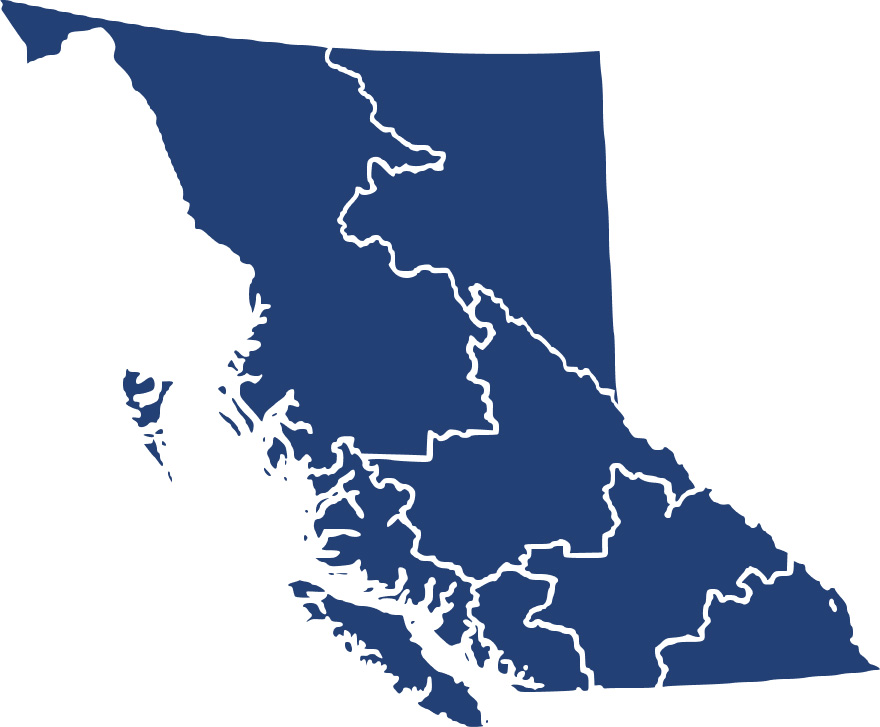Career Overview
Telecommunication carriers managers work for wired, wireless, satellite and other telecommunications carriers and perform a variety of tasks. People in this occupation:
- Plan, organize, direct, control and evaluate the operations of a telecommunications company, department or facility
Duties
Telecommunication carriers managers:
- Plan, organize, direct, control and evaluate the operations of a telecommunications company, department or facility
- Work with senior managers to create policies dealing with the development, operation and maintenance of telecommunications services
- Direct and control telecommunications traffic volume and flow within assigned area, through lower-level supervisors and technical staff
- Track telecommunications installation, operation and maintenance services and make recommendations for improvement
- Ensure that telecommunications regulations and directives of government regulatory agencies are followed
- Meet with representatives of related or connecting companies to resolve joint telecommunications problems and ensure efficient telecommunications system operations
- Recruit employees and oversee their training
Earnings
Earnings is income that workers receive in exchange for their labour. Depending on the type of employment, earnings can be in the form of wages (hourly), salaries (fixed monthly or annual) or self-employed earnings.
Work Environment
# Workers Employed
1,195% Employed Full Time
83%Work in a conventional controlled environment such as an office, hospital or school.
Career Pathways
Career path information is currently not available.
Related Careers
Occupational Interests
It’s important to understand what kinds of occupations align with your interests.
For more about occupational interests visit Skills for the Future Workforce > Characteristics.
Here are the top occupational interest(s) for this career profile:
Job Titles
Education, Training and Skills
- A university degree in science, electrical engineering or a related field is usually required
- Several years of experience in a related technical profession, including supervisory experience, are usually required
Education programs in B.C.
The following program areas are related to this occupation:
- Electrical, Electronic & Communications Engineering

Skills
Every job calls for a certain set of skills. Knowing those skills is the first step in finding a good career fit.
Here, you will find the 10 most relevant workplace skills. Some are more important to achieving success in a certain career than others. These skills may come naturally to you or you may need to gain them through education, training and experience.
See the list of work-related skills below, ranked in order of importance for this career. Check out the list and see if this career matches your skills—take that first step!
Giving full attention to what other people are saying, taking time to understand the points being made, asking questions as appropriate, and not interrupting at inappropriate times.
Keeping track of and assessing your performance, other individuals, or organizations to make improvements or take corrective action.
Being aware of others’ reactions and understanding why they react as they do.
Talking to others to share information effectively.
Adjusting actions in relation to others' actions.
Using logic and reasoning to identify the strengths and weaknesses of alternative solutions, conclusions or approaches to problems.
Understanding written sentences and paragraphs in work-related documents.
Managing one’s own time and the time of others.
Bringing others together and trying to reconcile differences.
Motivating, developing and directing people as they work, and identifying the best people for the job.
Labour Market Statistics
Discover data, facts and information that have been gathered and analyzed. Learn about the characteristics of the economy and labour market in B.C.
Employment
Find out about employment types and trends by region and industry.
Employment
1,195Employment by Region















| Region | Employment | % Employment of this Occupation |
|---|---|---|
| Cariboo | 25 | 2.1% |
| Kootenay | 10 | 0.8% |
| Mainland/Southwest | 960 | 80.3% |
| North Coast and Nechako | 10 | 0.8% |
| Northeast | 0 | 0.0% |
| Thompson-Okanagan | 95 | 7.9% |
| Vancouver Island/Coast | 90 | 7.5% |
Labour Market Outlook
The B.C. Labour Market Outlook is a 10-year forecast of the expected supply and demand for labour in the province. It’s usually updated every year. The purpose is to provide British Columbians with the knowledge to make informed decisions on careers, skills training, education and hiring.
Forecasted Job Openings (2023-2033)
510Forecasted Job Openings
Forecasted Employment Growth Rate
Composition of Job Openings
Job Openings by Region (2023-2033)















| Region | Job Openings | Avg. Annual Employment Growth |
|---|---|---|
| Cariboo | 10 | -0.5% |
| Kootenay | Not available | Not available |
| Mainland/Southwest | 430 | 0.8% |
| North Coast and Nechako | Not available | Not available |
| Northeast | Not available | Not available |
| Thompson-Okanagan | 50 | -0.4% |
| Vancouver Island/Coast | 30 | -0.6% |
Industry Highlights
Learn about the opportunities in B.C.'s major industries, including employment trends, earning potential, locations of work and more.
Forecasted Job Openings by Industry
| Industry | Job Openings (2023-2033) |
|---|---|
| Information, Culture And Recreation | 380 |
| Professional, Scientific And Technical Services | 80 |
| Construction | 20 |
| Retail Trade | 10 |
| Wholesale Trade | 10 |
Resources
Resource information is currently not available.








